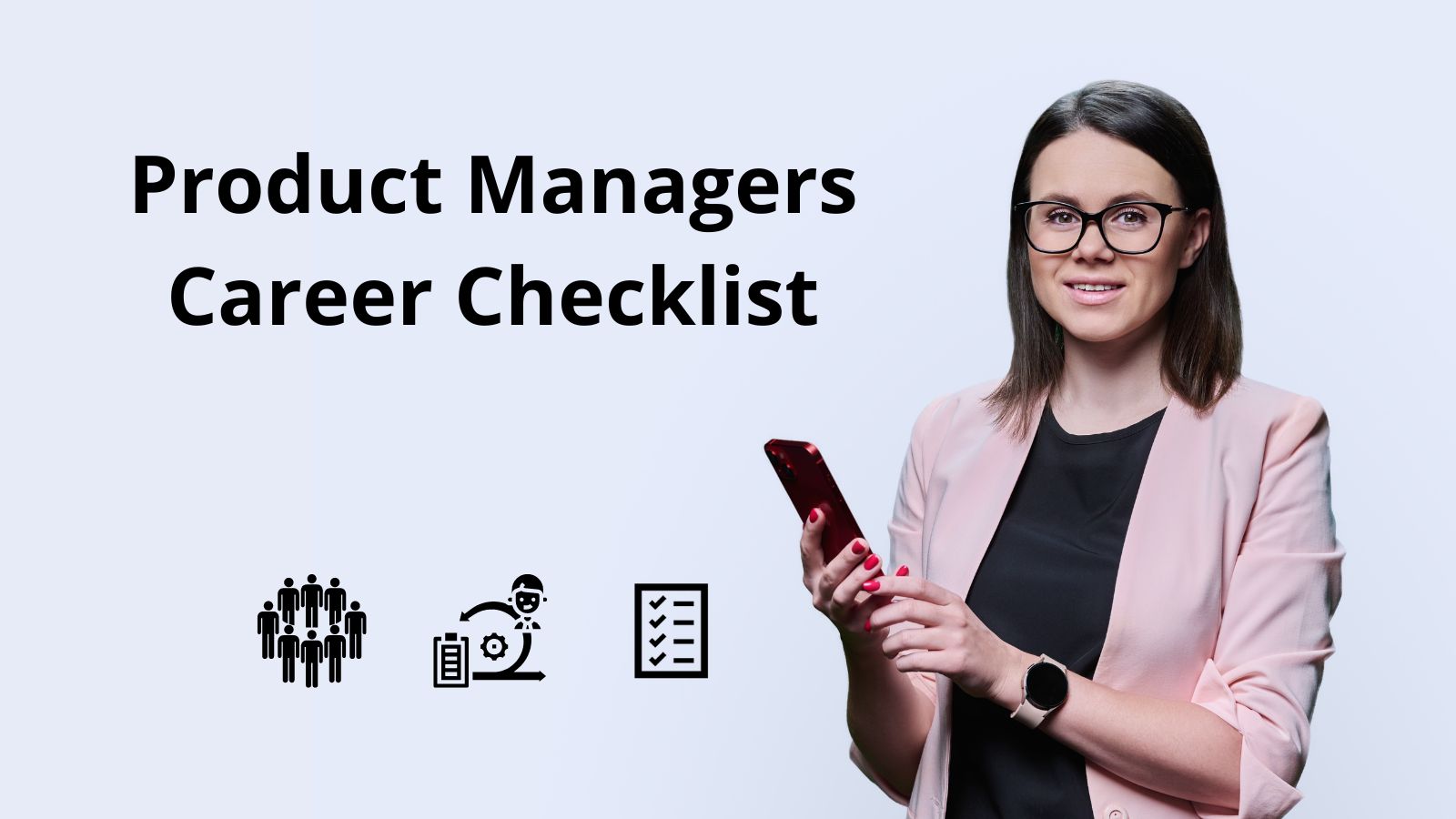Two weeks ago, I published three ways data governance leaders can promote their careers and stated, “Seeing data governance functions pigeonholed into compliance and data security responsibilities drives me a little nuts.”
In this part two of the series on the career advancement of
Digital Trailblazers, I focus on product management, product ownership, and other roles charged
with connecting customer segments, understanding their value propositions,
and delivering agile releases of new capabilities. And I have a similar
declaration for the hard-working leaders in this critical role.
Seeing product managers pigeonholed into chasing stakeholders’ never-ending
and unverified wish lists drives me up the wall. Unverified, meaning that
the stakeholder didn’t provide the opportunity for the product manager to
review the idea, request, or problem with customers and determine whether
it’s an important priority to address.
If you’re a product manager, I hope you’ll
review my
Career Checklist for Digital Trailblazers, which has a full section for this critically important role. This report
explains how product managers, data governance, and DevOps leaders can
increase the bread and depth of their learning while seeking important
leadership experiences that will ready you for more challenging digital
transformation roles.
To give you a taste of what’s in the report, here are three ways product managers can advance their careers.
1. Improve stakeholder and executive communication
Let’s start with the basics. Product managers are boxed into the role of
order takers because they don’t seize the opportunity to
communicate their roles and responsibilities to stakeholders
and business leaders. Don’t expect them to understand what product managers
should be leading, and don’t assume that it’s only the head of product
management’s function to bear in defining the function. All product managers
must take an active role and focus stakeholders on the benefits of
agile planning and experimenting.
“Communication is the most crucial among the many skills a product manager
must possess,” says Marko Anastasov, co-founder of
Semaphore CI/CD. “Mastering clear and
effective communication enables PMs to connect teams and stakeholders,
driving collaboration and innovation toward a shared goal.”
Here are three tips.
- Make it clear that you want everyone’s ideas, but it’s product management’s role to validate their importance to customers, estimate where they deliver business impact, and prioritize what agile teams should plan in their backlogs. Clearly communicate what’s not going to be on the roadmap and why.
- Demonstrate the importance of experimentation, and even when an idea is prioritized, the goal is to quickly deliver a minimal capability to customers, capture their feedback, and determine whether and how to improve the capability.
- Specify targeted releases demonstrating a balance of deliverables, including delivering new features, addressing technical debt, improving operational issues, closing security gaps, and meeting other business drivers.
2. Prioritize your time to learn about customer opportunities and market trends

Defining roadmaps, communicating with stakeholders, prioritizing agile
backlogs,
writing agile user stories, and participating in sprint demos are all very important
responsibilities. But there are not the most important functions for product
managers aspiring to become Digital Trailblazers.
Perform primary research! Don’t just rely on surveys - speak to and visit
customers! Attend conferences and determine your own point of view around
what investments will leapfrog your competitors. Develop executive
relationships and
market your innovation plans and roadmaps. Investigate how businesses in other industries build differentiating
capabilities with emerging technologies. Have a point of view on
technologies such as
ChatGPT and LLMs,
digital twins,
personalized experiences, and other
emerging technologies.
3. Learn and collaborate with agile teams and co-creation partners
My last recommendation may be the hardest to achieve as it requires
understanding people and learning how to get involved in the agile delivery
process without becoming a micromanager.
Product managers must collaborate with their teams on their roadmaps,
otherwise, their goals and targeted timelines will likely be overpromised
and unrealistic fantasies.
What does a collaboration look like? One example is that product managers
should
partner with delivery managers, review
feature estimates, and guide a discussion on tradeoffs to find
minimally viable solutions. Product managers must also help
create a sense of urgency with their agile teams
without demanding fixed scope delivery timelines.
Secondly, product managers must partner with delivery leads and
recognize when requirements go beyond their agile teams’ skills and
capabilities. Outsourcing is usually not a good answer, but finding ways to
co-create with partners
can accelerate innovation, learning, and improving technical capabilities.
If you’ve seen my previous posts, you know I believe
digital transformation needs to be a core organizational competency. This only happens when organizations empower product managers to lead
digital transformation initiatives – and that requires product managers to
execute their complete responsibilities.
Want to learn more about advancing your career as a product manager? Please
sign up for my free Career Checklist for Digital Trailblazers, which includes a section on how product managers should develop their
skills and experiences for more challenging leadership roles.



No comments:
Post a Comment
Comments on this blog are moderated and we do not accept comments that have links to other websites.